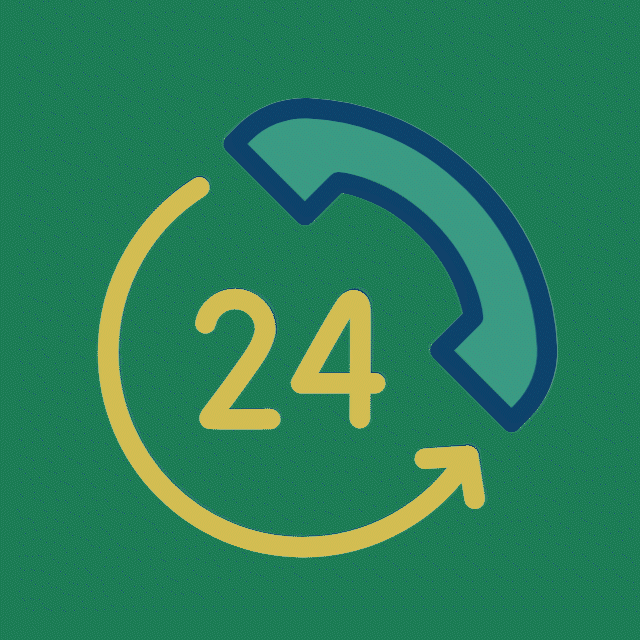Marginalisation in Education
Published On:

Dalit students face systemic barriers in accessing higher education due to financial constraints, discrimination, and institutional apathy.
Atul Kumar, a Scheduled Caste student, received IIT admission through Supreme Court intervention after being unable to pay the seat booking fee of ₹17,500. His case highlights challenges faced by Dalit students, who often lack resources and opportunities due to systemic inequalities. Rising tuition fees in premier institutions like IITs and IIMs exacerbate these issues. Tuition fees for undergraduate courses have surged significantly, making education inaccessible for many from marginalised communities. Although government initiatives like the Vidyalakshmi Scheme offer interest-free scholarships, they fail to address the financial challenges holistically.
Between 2017 and 2021, 2,622 Scheduled Tribe and 4,596 Scheduled Caste students dropped out of central institutions. Many students from marginalised communities struggle with academic stress, discrimination, and a lack of inclusivity. Employment inequalities persist, with only 5% of positions at premier institutions held by individuals from SC, ST, and OBC categories.
The dropout rates reflect barriers such as poor economic conditions, prejudice, and limited access to quality education. Marginalised students often face judgment based on their language, caste, and cultural identity, further alienating them in academic spaces. Despite legal provisions like the Right to Education Act, caste-based discrimination continues to hinder progress for Dalit students, raising critical questions about inclusivity and equity in India’s education system.
